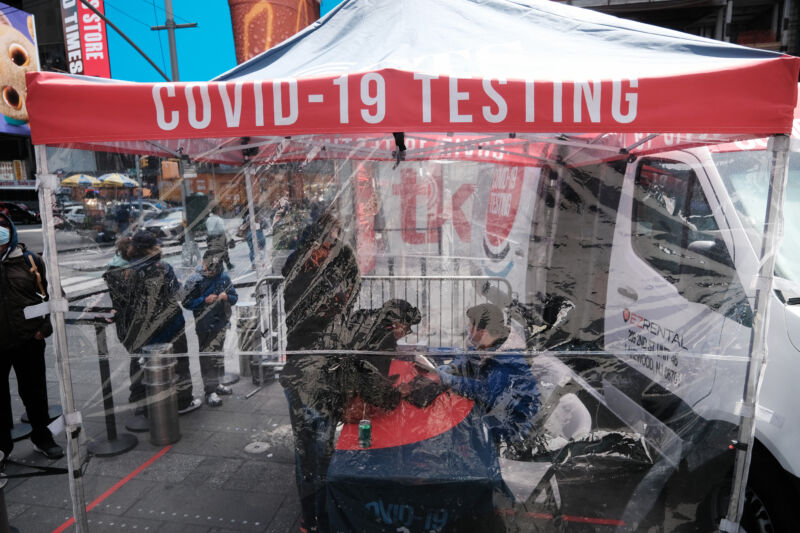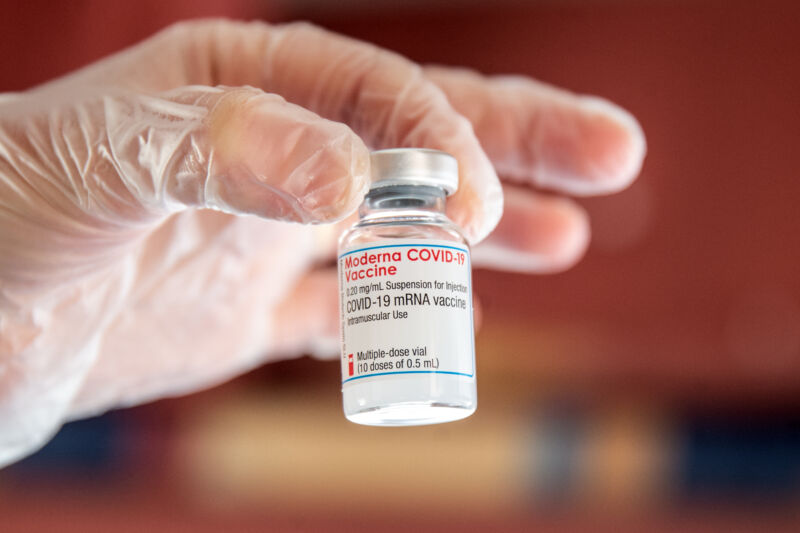-
 chevron_right
chevron_right
Moderna to make two different omicron boosters: one for US, another for UK, EU
news.movim.eu / ArsTechnica · Monday, 11 July, 2022 - 22:22

Enlarge / A vial containing Moderna COVID-19 booster vaccine at a vaccination center. (credit: Getty | SOPA Images )
The type of COVID-19 booster dose you get later this year could depend on where you live.
Vaccine maker Moderna is working up two omicron-targeting boosters for different countries. If the company's plans pan out, it will mark the first time that COVID-19 vaccines would target different versions of the pandemic coronavirus in different places. Until now, all vaccines, including boosters, have targeted the ancestral strain of SARS-CoV-2, first identified in Wuhan, China.
Both of Moderna's next-gen booster candidates are bivalent vaccines, which target both the ancestral virus and some version of omicron. One booster option targets BA.1—the version of omicron that first burst out of South Africa last November, causing a towering wave of infection in the US in January 2022. That BA.1-based next-gen booster could be available in the EU, UK, Australia, and elsewhere later this month or early August. Moderna's other booster option targets BA.4/5 and is intended for use in the US. However, it likely won't be ready until early to mid-fall.





